The ASUS Vivobook Pro 15 OLED Review: For The Creator In All Of Us
by Brett Howse on March 7, 2022 8:30 AM ESTWireless
ASUS does offer the Vivobook Pro 15 with Wi-Fi 6, however they also (oddly) have a Wi-Fi 5 option, and unfortunately that is what arrived in the review unit. The good news is that it is the Intel Wireless-AC 8265 network card which is one of the best Wi-Fi 5 devices around, with good performance and solid drivers.

The outright transfer speeds are well shy of what modern Wi-Fi 6 network cards can achieve. This is one area where AMD struggles. Intel has their Evo platform and integrates things like Wi-Fi 6 into the processor package. AMD, with its fewer resources over the last decade, has not focused on wireless networking. That has been changing recently and hopefully AMD will be able to overcome this deficit soon.
Audio
ASUS outfitted the Vivobook Pro with Harmon Kardon speakers. As with all laptop computers, there are physical limits which come into play since the fundamental requirements of a good speaker – size and weight – are extremely limited in any laptop.
The laptop hit about 80 dB(A) measured one inch over the trackpad. That is certainly loud enough, although the low-end of the spectrum was of course lacking.
Thermals
The Ryzen 7 5800H is rated at a 45 Watt TDP, and the included NVIDIA GeForce RTX 3050L Max-Q adds another 35 Watts to the mix, with a 50 Watt dynamic boost to tap into. That is a fair bit of heat to deal with for a thin and light notebook like the ASUS Vivobook Pro 15.
ASUS offers some power profiles that the owner can choose from to set the performance and noise levels as well. The Performance Mode bumps the TDP up to around 54 Watts on the CPU, whereas the Standard Mode scales it back to 35 Watts to reduce the noise level. The differences are dramatic, with the laptop in Performance Mode hitting a very high 55 dB(A) measured one inch over the trackpad, which is quite loud indeed. If you have work that needs to get done quickly, this is certainly the way to go, but as always on a thin device, the trade-off is noise.
At maximum performance in the advertised 54-Watt mode, the CPU averages around 3.4 GHz sustained with no throttling taking place. The laptop fans are strong enough to compensate. Through testing, the average power level was actually around 50 Watts sustained with a 54-Watt peak.
In the Standard Mode, ASUS still provides the same 54-Watt peak, which quickly drops to a 45-Watt level for a couple of minutes before further dropping to 35 Watts sustained power to keep the noise in check. And it does work. In the Standard performance mode, SPL of the laptop is significantly reduced to around 45 dB(A) which is much easier to live with. CPU frequency averages around 3.0 GHz in this mode during sustained workloads.
Finally, ASUS includes a Whisper mode which, as you would expect, prioritizes low sound over performance. In this mode the CPU has a very short 54-Watt peak which then quickly drops to just 15 Watts sustained. Sound output in this mode is a meager 39 dB(A) measured one inch over the trackpad, which is very quiet. However, at this power level, the CPU only manages to achieve a 1.7 GHz frequency. Quiet it is, but performant it is not.
Software
ASUS software is branded as MyASUS and includes all the functionality you would expect in a modern notebook, as well as some additional settings to increase the longevity of the OLED display. It is easy to navigate and well-thought out, and it updates through the Microsoft Store which makes it very simple to keep up to date.
As discussed in the thermals section, there are three settings to set the laptop performance and noise levels.
There is also the ability to change the maximum battery charge level. This would be nice if it was included in Windows, as all laptops should offer this feature. Thankfully, most do, including ASUS. If you primarily use your notebook plugged into the wall, you can help the battery life by reducing the maximum charge level.
Since the notebook ships with its distinguishing feature of an OLED panel, there are several settings which can be enabled to extend the life of the OLED as well as maintain it. You can also set it to only focus the primary window on the display, dimming the rest, which will improve battery life. OLED care is important as the organic diodes do degrade over time, and to reap the biggest benefit of OLED you definitely want to use a dark theme in all applications.
The display also allows you to tweak the color profile and gamma settings. Out of the box, the colors are already quite strong so turning the display to its Vivid mode seems like it would be overkill.
You can also enable and disable the noise-cancelling features of the speakers and microphone.
Overall, ASUS includes lots of customization settings to tweak the notebook to what you need it to do. Some additional settings would be nice though, such as being able to set the display to a sRGB mode since most software is not going to deal well with the P3 D65 gamut. ASUS ROG laptops also include additional functionality where you can set different performance profiles for different applications – namely games – and while the separation of the ROG and the other brands does make sense, it would be beneficial to include some of that functionality in the MyASUS app.


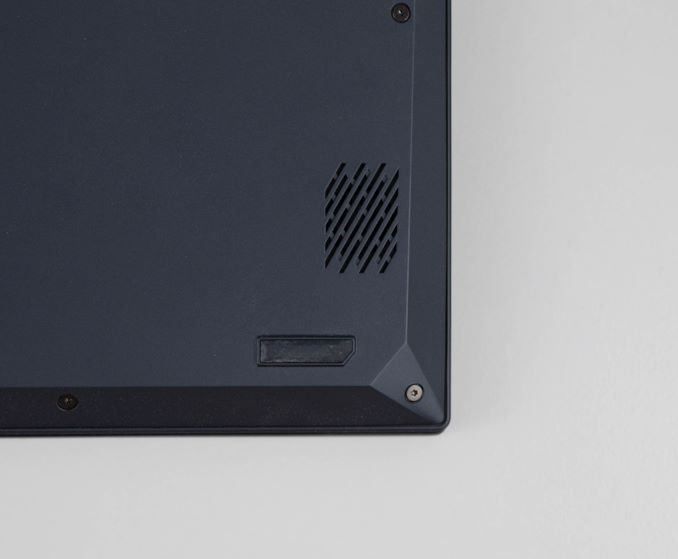


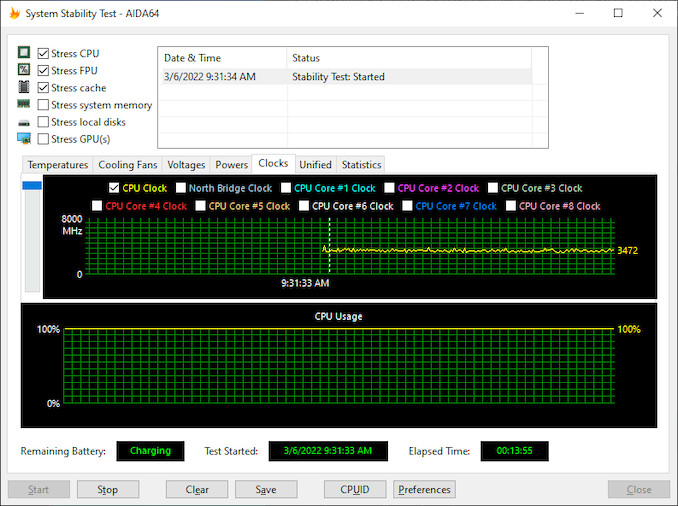
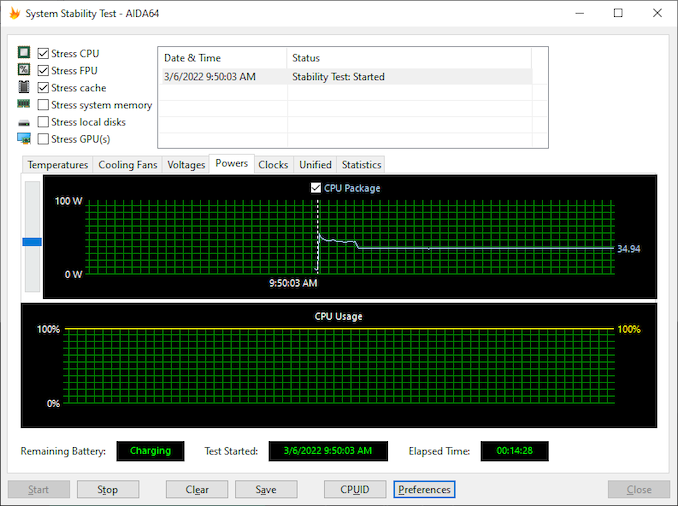
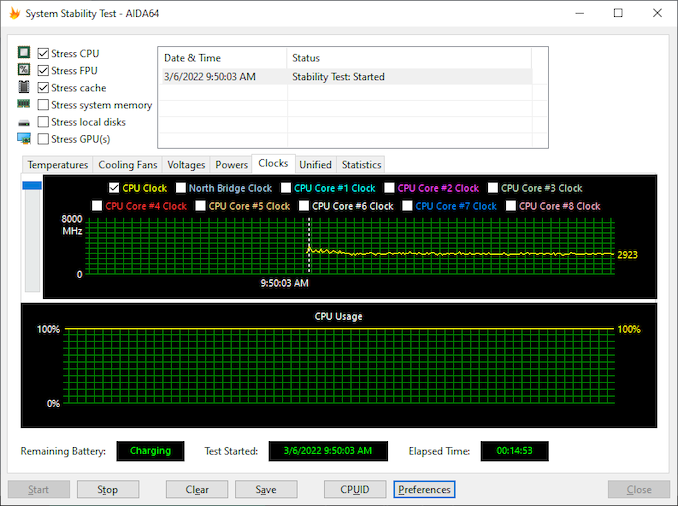


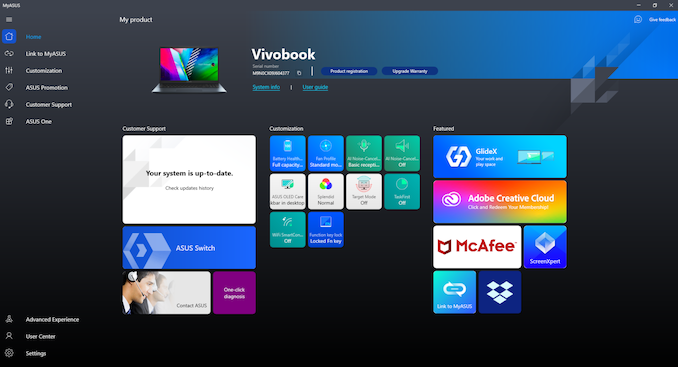













33 Comments
View All Comments
reuthermonkey1 - Monday, March 7, 2022 - link
I do appreciate that they denoted it does not use a USB-C charger, for example.philehidiot - Monday, March 7, 2022 - link
The Linux point is definitely a good one. I am very tempted to put Linux on my next laptop as my old one uses OSX, which I really like over Windows, but hate what Apple do to customers.If a laptop can run a specific Linux distro without excessive hassle, that would be a superb test for me. It has the potential to be a rabbit hole, so I'd suggest something like "n hour Linux install and config test" - set a specific time limit for a competent Linux user and see if they can install a popular distro, and have it configured to run all the hardware properly, within that timeframe.
I also like the proprietary charger idea. That stuff boils my piss.
brucethemoose - Monday, March 7, 2022 - link
Sometimes there's a huge difference between popular distros, usually because they run a really old kernel (Ubuntu/Debian/Mint) and/or don't support proprietary drivers (Nvidia, wifi) ootb (Fedora).And sometimes there are specific community fixes that take seconds to install, but that you might not otherwise know to look for.
Basically, I'm saying this is a tough ask for a reviewer, and such a linux "test" could be very misleading. You are better off diving into the online communities for a particular line/brand yourself.
TheinsanegamerN - Tuesday, March 8, 2022 - link
Basic things, like if it instlals, and if the dual graphics work without hassle, are simple for a reviewer to check with a couple different distros.jospoortvliet - Saturday, March 12, 2022 - link
Just test Ubuntu. Sure there are lots of distros and I personally am not an Ubuntu fan at all but reality is that it just makes sense with its user base and with the aim of keeping it simple.Oxford Guy - Sunday, March 13, 2022 - link
It really is unfortunate how Apple has not chosen to take the high road when it comes to respecting the agency of individual consumers. That is both about its high level of spying and its incessant changing of UI. It’s also about force-feeding people what certain developers there want them to eat — like relentless punishment for using low power mode in iOS.Unfortunate but not at all surprising, since these companies don’t work for ordinary individuals at all. On the contrary…
TheinsanegamerN - Tuesday, March 8, 2022 - link
It's a pain, but barrel chazrgers have two notable advantages: more resistance to force damaging the connector and port, and (IDK if its true on this machine) they can be mounted seperate fromt he botherboard, allowing easy replacement. USB C cant do this.phoenix_rizzen - Monday, March 7, 2022 - link
Would it be possible to run the graphics tests again using the integrated GPU? Would be interesting to see just what the difference is between the iGPU and dGPU. Or is that even possible on AMD-based laptops (I have no experience with laptops that include dGPU)?Could also be interesting to see what (if any) impact switching between the GPUs makes for battery life.
Alistair - Monday, March 7, 2022 - link
no point with ryzen 5000 though, you want ryzen 6000 for thatbrucethemoose - Monday, March 7, 2022 - link
Most laptops are basically unusable on battery with a loaded dGPU, unless its something barely better than an IGP.As for IGP perf, you have to stick to low intensity games on the IGP. Vega 8 is nearly an order of magnitude slower than my 2060, which is somewhat comparable to this 3050.
This is kinda why Ryzen 6000/Van Gogh are so exciting. For the first time ever, gaming on battery may actually be practical.